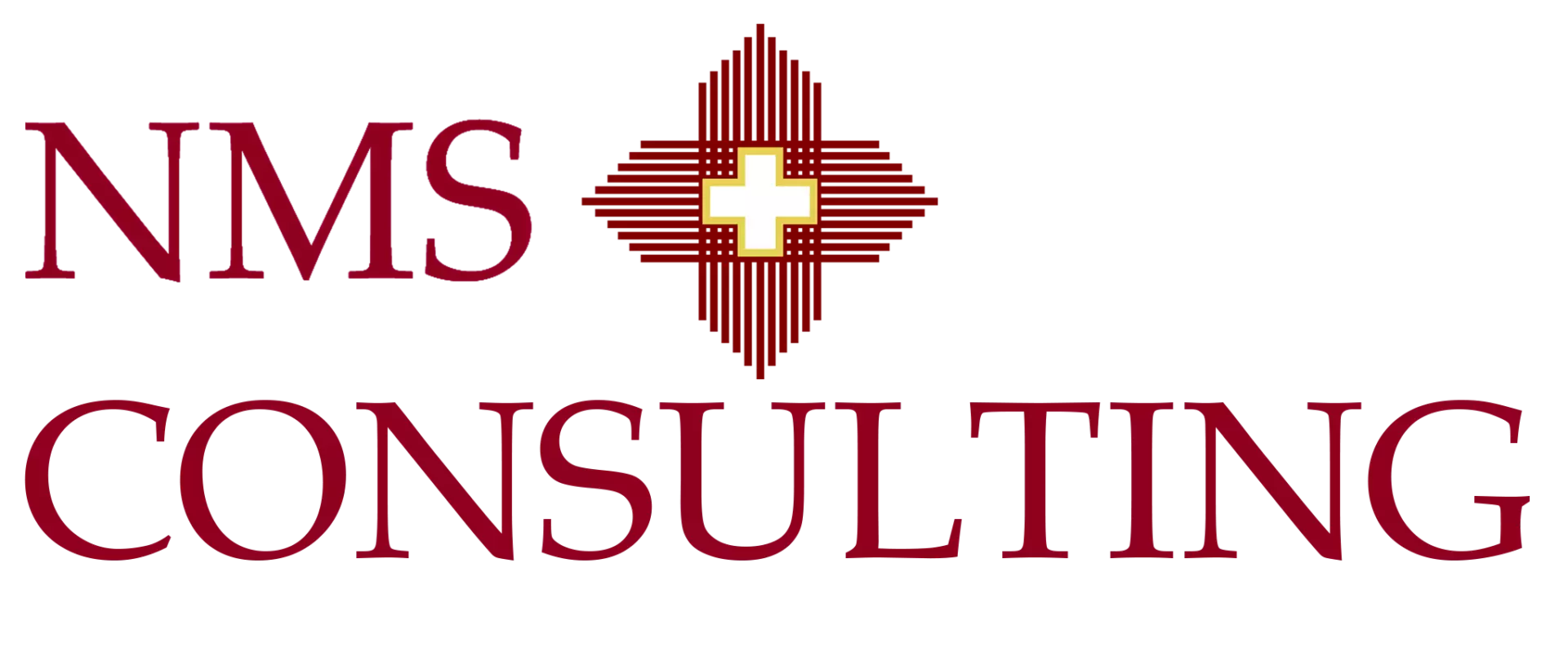Interim Leader Meaning: Role, Responsibilities, and When to Use One

Interim leader is a term that appears often in business news, yet many people are unsure what it means in practice. This article explains the meaning of interim leader, how interim leadership works, when organizations should consider it, and how it connects to interim management services.
What does interim leader mean?
Interim leader means a leader who is appointed for a defined period instead of on a permanent basis. The organization gives this person real authority to make decisions and direct teams, but from the start everyone understands that the assignment has a clear end point.
Typical interim leadership roles include interim chief executive, interim finance director, interim operating head, or interim program leader for a large transformation. These roles share the same core idea. The interim leader steps in quickly, focuses on agreed goals, and helps the organization move through a critical stage.
Articles such as What Is the Meaning of Interim Management and What Does an Interim Manager Do explain how interim leadership roles are defined and how they sit alongside longer term management positions.
Why organizations use interim leaders
Organizations turn to interim leaders when they need experienced guidance but cannot wait for a full search and onboarding cycle. This often happens during leadership gaps, crisis periods, major change, or special projects that go beyond normal day to day management.
Common reasons to appoint an interim leader include sudden departure of a senior executive, performance problems that require fast action, mergers and acquisitions that change reporting lines and responsibilities, and large transformation programs that need strong direction from day one.
These situations are similar to those described in resources such as What Are Interim Management Services and The 5 Most Important Benefits of Interim Management, where interim leaders help organizations stay on course while longer term plans are worked out.
Responsibilities of an interim leader
An interim leader usually holds responsibilities that are very similar to those of a permanent leader in the same role. The main difference is that the time horizon is shorter and the initial focus is often on stability and priority actions.
Typical responsibilities for an interim leader include setting short and medium term goals for their area, leading teams and managing direct reports, making financial and operational decisions within agreed limits, communicating with boards, owners, and other stakeholders, and preparing the organization for the next permanent leader.
NMS Consulting discusses these themes in detail in What Does an Interim Manager Do and Interim Management Services Guide 2025, which show how interim leaders combine execution, communication, and change support.
Benefits and risks of interim leadership
Interim leadership offers several clear benefits. Organizations gain fast access to experienced leaders who are used to stepping into complex situations. Interim leaders can provide fresh views, take difficult decisions that may have been delayed, and help clarify what the permanent role should look like in the future.
Another benefit is flexibility. Because the role is time bound, boards and owners can adjust plans as conditions change. If the interim leader proves to be an excellent fit, the organization may invite them to take on the permanent role. If a different profile is needed, the interim leader can help define that profile and support the handover.
There are also risks. Teams may worry about continuity if leadership changes several times in a short period. Some stakeholders may delay long term decisions until a permanent leader arrives. To manage these risks, organizations need clear communication, strong sponsorship from the board, and an agreed plan for how interim work will support longer term goals. These topics are discussed in insights such as Interim Management Services: Navigating Transitions with Expertise.
Interim leader vs permanent leader
Interim and permanent leaders share many skills and responsibilities. They both make decisions, lead people, and report to boards or owners. The main differences lie in time horizon, scope, and expectations.
- Time horizon. Interim leaders focus on defined periods and immediate priorities. Permanent leaders must also think about plans that extend several years into the future.
- Scope. Interim leaders often receive a narrower set of goals, such as stabilizing a business unit, returning it to performance targets, or delivering a specific project. Permanent leaders are expected to manage the full cycle from planning to long term capability building.
- Expectations. Interim leaders are usually chosen for their ability to work quickly in uncertain situations. They are expected to learn fast, communicate clearly, and take decisions without long familiarization periods.
Despite these differences, both roles require strong leadership skills. Resources such as Leadership and Organizational Culture highlight the importance of clarity, consistency, and example setting for any leader, interim or permanent.
Interim leader and interim management services
Many interim leaders work through interim management services rather than applying directly for roles. In this model, a consulting firm maintains a network of experienced executives and matches them to client needs. This gives organizations access to leaders who have successfully handled similar situations before.
The NMS Consulting pages Interim Management Services and Interim Management describe how this works in practice. Clients explain their situation and needs, and the firm proposes interim leaders with relevant backgrounds in sectors, functions, or types of change such as transformation, restructuring, or risk management.
Once appointed, the interim leader becomes part of the client organization for the duration of the assignment, working side by side with internal teams and reporting to the usual governance bodies.
When to consider an interim leader
Interim leaders are most useful when the cost of leadership gaps is high and the situation calls for experience that may not be available internally. Examples include major transformation programs, where interim leaders can work with teams and advisers described on the Business Transformation page, or change programs that require strong people leadership, as covered on the Change Management page.
They are also valuable in risk and control topics. For example, an interim risk leader may work with services such as Risk Management and related advisory support to strengthen governance before a transaction or regulatory review.
Insights such as How Interim Managers Can Improve Work Performance and The 5 Most Important Benefits of Interim Management provide additional examples of when interim leadership has helped organizations move through demanding periods.
FAQ on interim leader meaning
- Does interim leader always mean external hire?
- No. Some interim leaders are internal managers who step up for a period of time. Others come from outside through interim management services. In both cases the key point is that the assignment is time bound with defined goals.
- How is an acting leader different from an interim leader?
- Acting and interim are often used in similar ways. In some organizations, acting leader signals a temporary step up from within the team, while interim leader may refer to a more formal assignment with clear objectives and sometimes an external appointment. Usage varies by company.
- How are interim leaders paid?
- Interim leaders are often paid on a daily or monthly rate that reflects their experience and the intensity of the assignment. The cost is usually weighed against risks avoided and value created, as described in guides such as Interim Management Services Guide 2025.
- What skills are most important for an interim leader?
- Important skills include fast learning, clear communication, strong decision making, and the ability to work with both senior stakeholders and frontline teams. Interim leaders also need to manage handovers carefully so that progress continues after they leave.
- Can interim leaders support culture change?
- Yes. Interim leaders can set expectations, model desired behaviors, and adjust routines that influence culture, even within a limited time. Materials such as Leadership and Organizational Culture show how leadership behavior shapes culture in practice.



